Can Cats Eat Mangoes? Is This Tropical Fruit Safe for Your Feline?
- 8 Apr 2025 15:51
Mangoes are a delicious and nutritious tropical fruit loved by many humans, but can cats eat mangoes? While mangoes aren’t toxic to cats, they should still be given with caution. Let’s take a closer look at whether mangoes are a good choice for your cat and how to serve them safely if you decide to offer a taste of this juicy fruit.
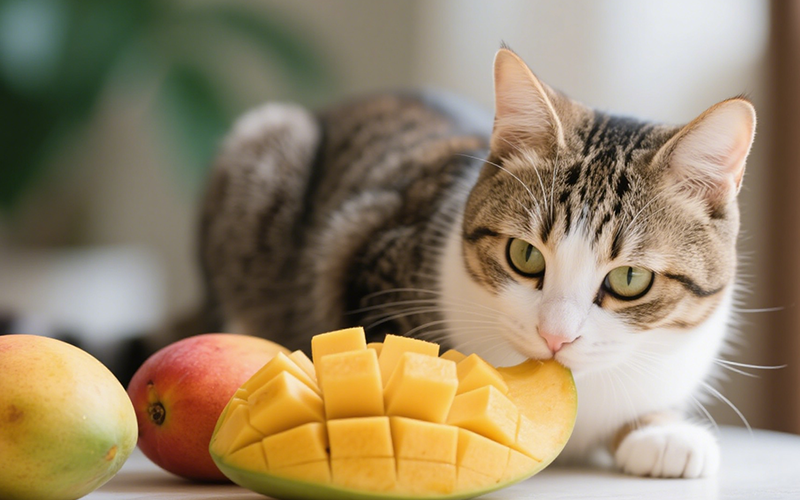
Are Mangoes Safe for Cats?
The short answer is: Yes, mangoes are generally safe for cats to eat in small quantities. Mangoes don’t contain any toxic substances that would harm your feline friend, but there are a few things you should keep in mind before offering them to your cat.
Potential Risks of Mangoes for Cats
High Sugar Content: Mangoes are rich in natural sugars, which can be too much for a cat’s digestive system. Cats are obligate carnivores, meaning they don’t process sugars the way humans or omnivores do. Feeding too much mango to your cat can lead to digestive upset (such as diarrhea or vomiting) and contribute to obesity or diabetes over time if consumed regularly.
Pit and Skin: The pit (or seed) of a mango is a choking hazard and should never be given to your cat. It’s large and tough, and if your cat tries to chew on it, they could accidentally choke or cause injury to their digestive tract. The skin of the mango is also tough and fibrous, which may be hard for your cat to digest properly. Always peel the mango and remove the pit before offering it to your cat.
Allergic Reactions: Some cats might be allergic to certain fruits, including mangoes. Symptoms of an allergic reaction could include itching, swelling, vomiting, or diarrhea. If you’re trying mango for the first time, start with a small piece and observe your cat for any signs of discomfort.
Indigestion and Gastrointestinal Issues: While small pieces of mango are generally safe, too much can cause gastrointestinal upset in some cats. The high fiber content, while beneficial in moderation, can lead to stomach cramps, bloating, or gas if your cat consumes too much.
How to Safely Serve Mango to Your Cat
If you want to give your cat a taste of mango, follow these guidelines to ensure their safety:
Peel the Mango: Remove the skin, as it’s tough and hard for cats to digest. Only serve the soft flesh of the mango to your cat.
Remove the Pit: Always remove the mango pit before offering any to your cat. The pit is large and can cause a choking hazard or internal injury if ingested.
Offer Small Pieces: Serve mango in small, bite-sized pieces. Since mango is high in sugar, moderation is key. Only offer a small amount as a treat once in a while.
Observe for Any Signs of Allergic Reaction: Start with a small amount and monitor your cat for any signs of an allergic reaction or digestive upset. If they experience any issues, stop offering mango and consult your veterinarian if necessary.
Benefits of Mangoes for Cats
Vitamin C: Mangoes are rich in vitamin C, which is essential for overall health and immune function. While cats can produce their own vitamin C, small amounts from fruits like mangoes won’t hurt and can provide a slight nutritional boost.
Fiber: Mangoes contain dietary fiber, which may help with digestion in small amounts. However, since cats primarily require protein and not fruits or vegetables for nutrition, fiber should only be offered occasionally.
Should You Make Mango a Regular Part of Your Cat’s Diet?
Mangoes are not necessary for a cat’s diet and should not be a regular part of it. Cats are obligate carnivores, meaning they thrive on a diet based on protein from meat. Fruits like mangoes can be a fun, occasional treat, but they should never replace the main components of your cat’s diet, which should include high-quality protein and fat.
What to Do if Your Cat Eats Too Much Mango
If your cat consumes a larger amount of mango than you intended or ingests the pit or skin, watch for any signs of digestive distress such as:
Vomiting
Diarrhea
Lethargy
Loss of appetite
If any of these symptoms occur, or if you're concerned about the amount your cat has eaten, contact your veterinarian for advice.
The Role of PettureX in Pet Health
If you’re ever unsure about what fruits or foods are safe for your cat, PettureX is here to help. PettureX offers 24-hour online consultations to answer any questions you might have about your cat’s diet, as well as pet image recognition tools to help you identify potentially harmful foods or plants.
Conclusion
So, can cats eat mangoes? Yes, in moderation! Mangoes are safe for cats to eat, but only in small, properly prepared portions. Always remove the pit and skin, and keep in mind that mangoes should be an occasional treat, not a regular part of your cat’s diet.
If you notice any unusual symptoms after your cat eats mango, contact your vet right away. For peace of mind and expert advice, don’t forget to use PettureX, your reliable pet health assistant. 🐱💚
Related

Frankly Dangerous: Can Cats Eat Hot Dogs? Vet Explains the Serious Risks
- 16 Apr 2025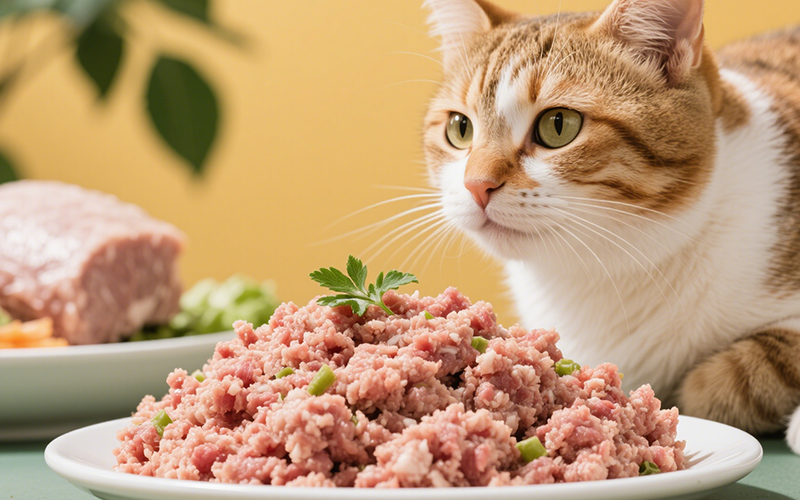
A Purrfect Protein? Can Cats Eat Ground Turkey Safely? (Vet-Reviewed Guide)
- 16 Apr 2025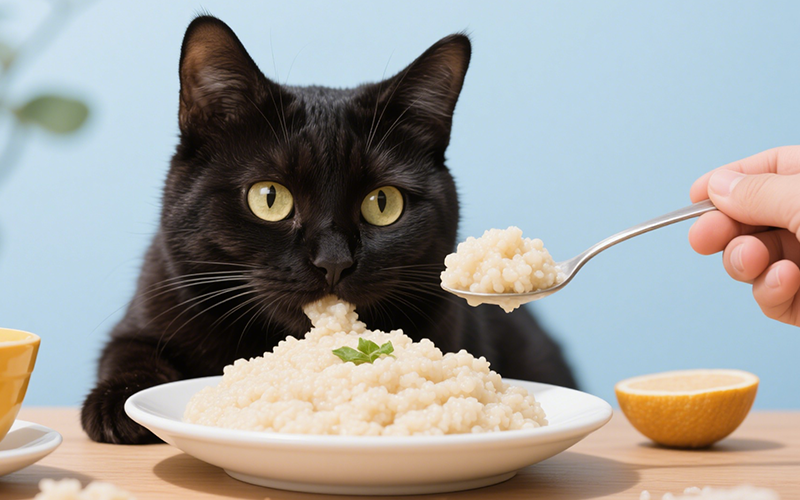
Gritty Situation: Can Cats Eat Grits Safely? Vet Explains the Risks
- 16 Apr 2025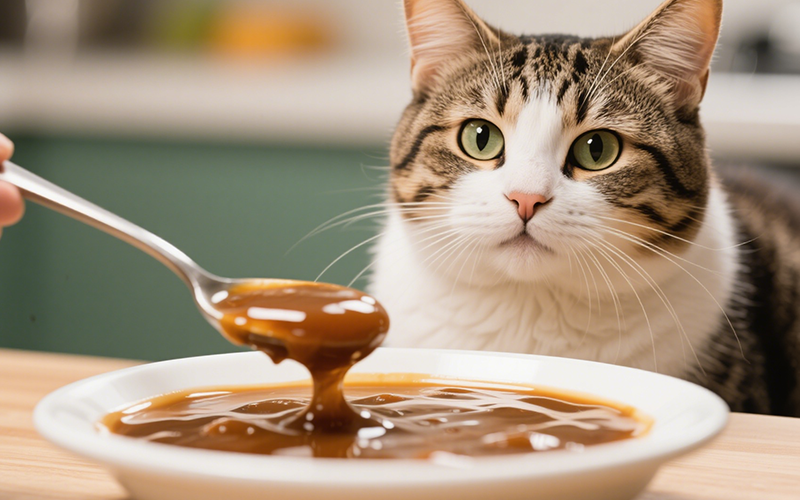
Gravy Danger Zone: Can Cats Eat Gravy Safely? (Vet-Reviewed Warning)
- 16 Apr 2025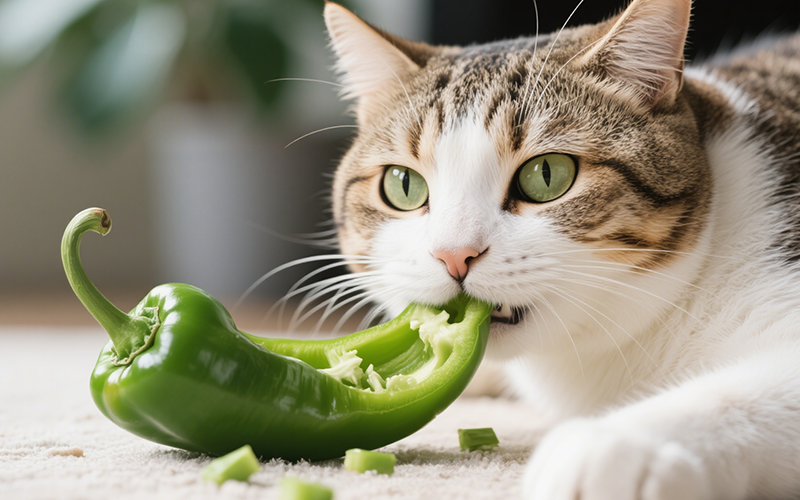
Crunchy Query: Can Cats Eat Green Peppers? A Vet-Reviewed Safety Analysis
- 16 Apr 2025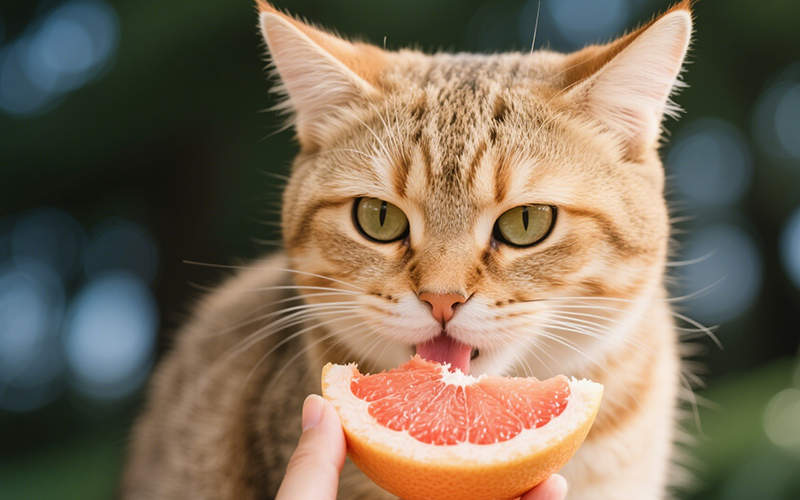
Toxic Temptation: Can Cats Eat Grapefruit? Vet Explains the Dangers
- 16 Apr 2025
Emergency Meal or Major Mistake? Can Cats Eat Dog Food For A Couple Days? (Vet Guide)
- 16 Apr 2025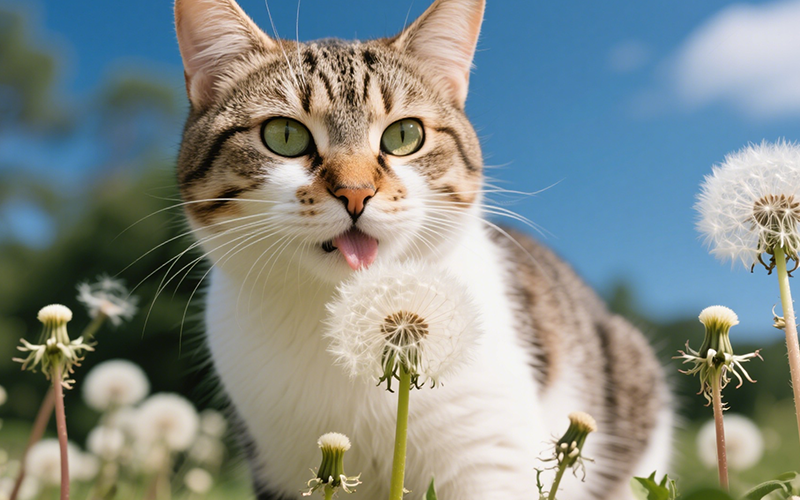
Dandelions & Felines: Can Cats Eat These Common Weeds Safely? Vet Explains
- 16 Apr 2025
Flaky Danger: Can Cats Eat Croissants Safely? Vet Explains the Buttery Risks
- 16 Apr 2025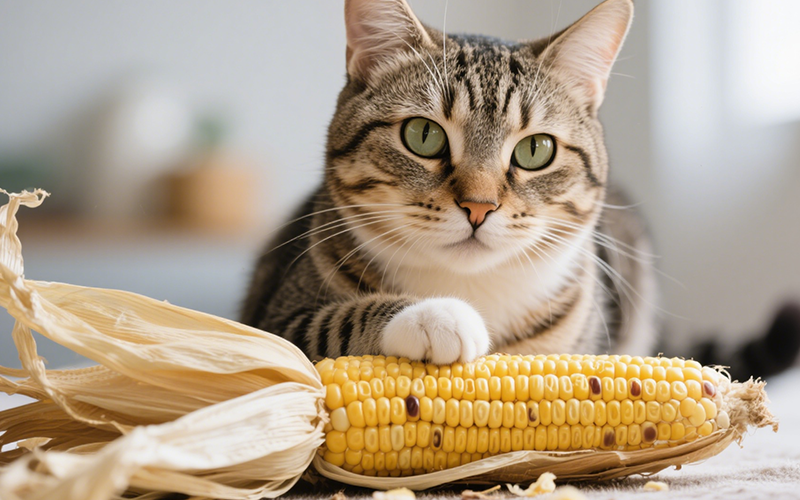
Hazard Alert: Can Cats Eat Corn Husks? Vet Explains Dangers of This Fibrous Material
- 16 Apr 2025
